Have you ever heard the term “chatbot” in your use of smart devices? Have you ever thought you were chatting with someone from a customer service department on a website but found out it was not a real person? This article will explain what a chatbot is.
What is a Chatbot?
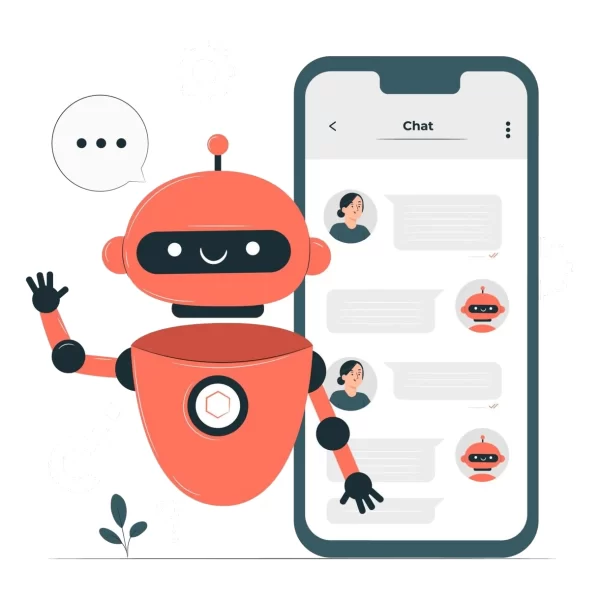
To best serve customers on a website, companies often employ customer service representatives whose duty is to answer customer questions. In today’s world, this process can be replaced with chatbots to save costs and enhance operational efficiency for businesses. If you don’t know what a chatbot is, let’s explore it below.
Chatbots are an artificial intelligence technology that is becoming increasingly important in today’s digital world. Chatbots can interact with and answer user questions automatically, making them a valuable support tool for many businesses and organizations to enhance customer experience and improve operational efficiency. Chatbots can be programmed in various languages and can be classified into two main types: rule-based chatbots and AI-powered chatbots.
The History of Chatbot Development
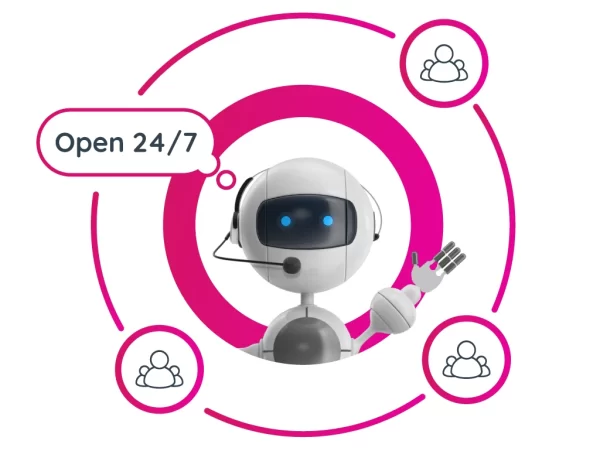
Chatbots have been around since the 1960s. Developed by Joseph Weizenbaum, a computer scientist at MIT, the precursor to chatbots, known as ELIZA, was the first program that allowed humans and computers to converse naturally.
Major companies like Facebook, Google, Amazon, and Microsoft have invested significant resources in developing and upgrading their automated chatbot systems over the years. When users visit these companies’ websites, they can converse directly with intelligent chatbot systems and feel as though they are speaking to a real person.
Benefits of Chatbots
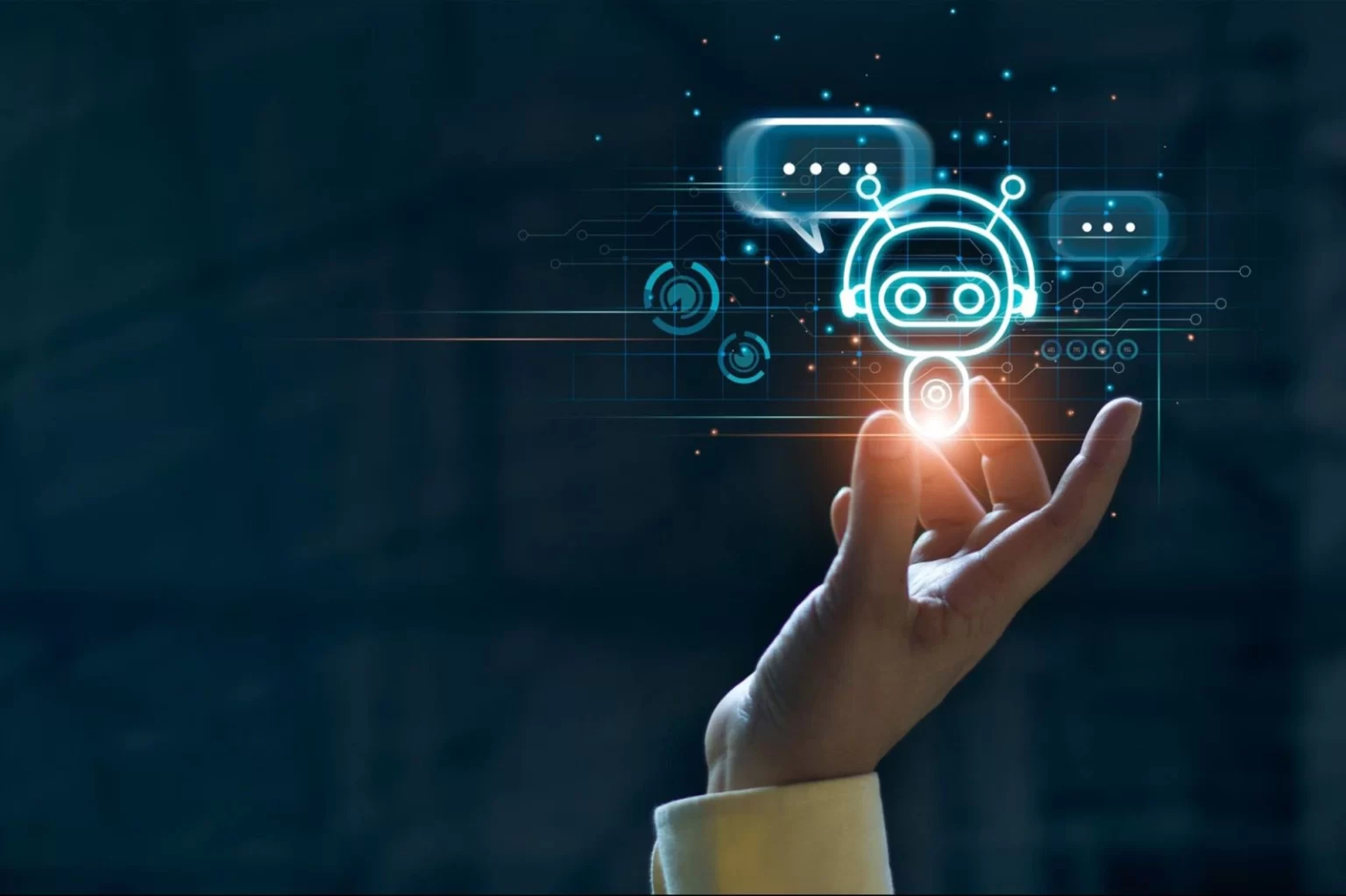
Chatbots offer numerous benefits, including:
– Reducing the need for human labor and operational costs for businesses.
– Automating the process of answering customer questions.
– Increasing customer trust in the business.
– Providing significant investment potential for development teams (when the chatbot meets business needs effectively).
These are just a few of the potential benefits that chatbots can bring to businesses if they are integrated into their websites.
Purposes of Using Chatbots
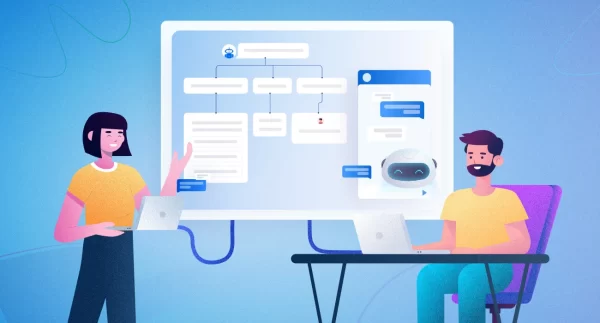
In addition to business use, chatbots have a wide range of applications across various industries such as healthcare, education, tourism, and technology. When using chatbots, questioners can quickly find the desired answers while chatbot developers can save time and effort to focus on further developing and enhancing chatbots to higher and smarter levels.
Types of Chatbots
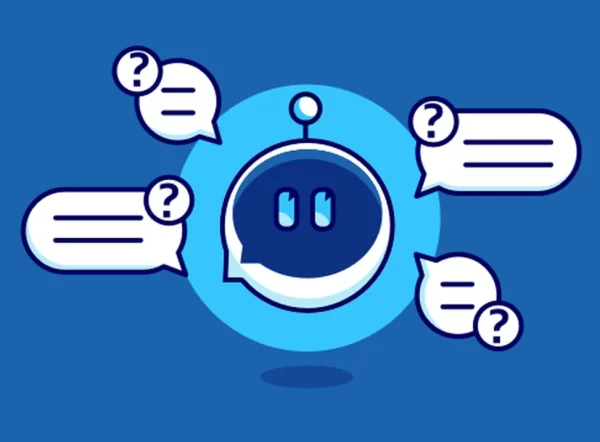
There are two types of chatbots: rule-based chatbots and AI-powered chatbots.
Rule-based chatbots respond to user inquiries using pre-programmed rules. However, they cannot learn and evolve over time and can only handle simple and limited questions. The level of detail and intelligence of rule-based chatbots depends heavily on the database provided by the development team.
AI-powered chatbots are the complete opposite. They use machine learning algorithms to learn and evolve over time, and they can handle more complex information and respond to a variety of user questions. Because AI is integrated, this type of chatbot can think and respond to customer requests almost like a real human.
Real-Life Applications of Chatbots
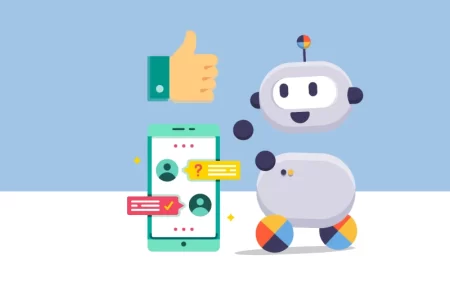
When applied in practice, chatbots can do the following:
– Customer support: Chatbots can help answer frequently asked questions, provide product or service advice, and resolve other issues.
– Order processing and online payments.
– Healthcare support: Chatbots can provide information about illnesses, health advice, responses to user questions related to health, appointment scheduling, medication management, and reminders for important appointments.
– Education support: Chatbots can offer online courses, admissions advice, and help students register for classes and pay tuition.
– Facilitating job recruitment and job search for students and workers.
Conclusion
In summary, chatbots are a technology widely used in various fields. With their ability to interact with and answer user questions automatically, chatbots increase convenience and efficiency in business operations, customer support, and user experience. Chatbots can also be used in healthcare, education, and other fields. Programming chatbots requires knowledge of artificial intelligence, programming languages, and experience in application fields. As technology advances, chatbots promise to continue evolving and improving, providing new solutions for businesses and organizations.







